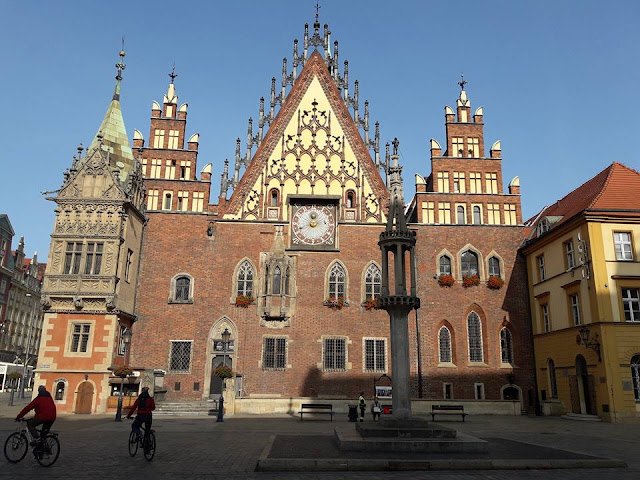 |
| Nipa palm grove around 1950s |
Spanish conquistador Miguel de Loarca noted that the natives “draw a great quantity of wine from the palm-trees.” The taste was “sweet and good” and the wine was used in “making great quantities of brandy, excellent vinegar and delicious honey.”
Antonio de Morga, a high ranking colonial official in the early 17th century, also recorded that the indios enjoyed "wine made from the tops of coco and nipa palm of which there is a great abundance. They are grown and tended like vineyards, although without so much toil and labor. Drawing the tuba they distilled it, using for alembics using their own little furnace and utensils, to a greater less strength and it becomes a brandy. This is drunk throughout the islands."
Morga detailed the medicinal benefits of the tuba, especially for the stomach. Food historian Felice Sta. Maria further explained that when mixed with an infusion of tobacco leaves, the tuba is a potent cure for a wounded cock. With its sweet and good taste, nipa lovers claimed that tuba (sap) from nipa is superior in both taste and sock than coconut’s. The Spaniards, though, rate the tuba less potent that the rice wine. French physician and writer Jean Mallat observed that too much indulgence of tuba caused jaundice among the natives of Negros.
In 1860, Queen Isabella II opened Iloilo port to worldwide trade and this spurred the agricultural and industrial growth in Panay and the neighboring island of Negros. The Culasi port in Capiz town (now Roxas City), which used to serve only as an arsenal to Spanish galleons when the seas get rough, was transformed into a transloading port for inter-island trade.
 |
| An ad material of the Destileria Ayala, which indicates that they have distilleries in Capiz (present day Roxas City) and Panay towns. Image from Filipinas Heritage Library |
Some 600 kilometers away, in the Spanish city of Manila, a Creole woman, imperious in bearing and resolute in spirit had her eyes set southwards to expand her family’s already vast fortune. At a young age, Margarita Roxas endured the abuses of the peninsulares who governed the islands. Her father, Don Domingo Roxas, was incarcerated by the Spanish authorities twice over. Liberal and enlightened, he advocated for the rights of the natives. The Spaniards accused him of plotting against Spain. He eventually died in prison shortly after Margarita personally obtained for Domingo the pardon from the queen. With Don Domingo’s death, Margarita set out to further expand her inherited wealth. In 1844, she married her father’s business partner, the Spaniard Antonio Ayala who was 15 years her junior.
On the foundations of her father's business, Margarita diversified into real estate, mining, and alcohol production, acquiring hectares upon hectares of swamplands in Candaba, Pampanga and Calatagan, Batangas. In 1850, she also purchased lands in Capiz and sent her grand-nephew, Antonio Roxas (her uncle’s great grandson) to start the nipa palm business. Doña Margarita herself made trips to Capiz, riding a goleta (schooner), which smoothly navigated through the swamps and rivers in Capiz. In 1865, she established wine distilleries in Capiz and Panay. She personally supervised her capataz (field foreman) in the harvesting of nipa alcohol which became the basis of Ginebra Ayala.
All in all, 10 distilleries were established in the province that processed nipa wine and aguardiente (beverage from sugarcane) for export. One of these distilleries was vividly described by Capisnon writer Jose Bolante: “The two-storey distillery building was built on an ideal place by the bank of the Panay River for easy conveyance of raw materials and finished products. The building typical of a Spanish architecture in that area was an imposing building of red bricks and square corral rocks. It was surrounded with deep marshland, and a stone walk connected the building to what is now the modern slaughterhouse area in Luna Novicio Street of Roxas City.”
At the start of the American regime, it was recorded that nipa products are among the country's top produce. American civil servant J.P. Sanger reports that nipa was grown in 29 provinces, with every part of the nipa put to best use: leaves and stalks are used in the construction of houses while the prized tuba was distilled into alcohol. Pampanga grew the most number of nipa in the country, where 7,195 hectares dedicated into nipa plantations. Nevertheless, Capiz was the country's top producer of tuba. According to a 1905 statistics, the Visayan province's production reached 39,877,314 liters, followed by Bulacan and Pampanga. Panay Island was only second to Luzon as the country's top tuba producing island.
The native Capisnons called the distillery as binohan (from the Spanish vino, wine). The finished bi-products were transported either by land or water, the wine placed in a tapayan or tadyao and damajuana and transported by animals on land or by conducciones on water. The success of the distilleries in Capiz had significant impact to the local economy and society, especially the creation of the illustrado class since many nipa plantation owners profited from this industry. However, prevalent was the exploitation of labor and forcing the tillers of the land to concentrate on the cultivation of nipa palms instead of staples, like rice and corn.
Alas, the province’s nipa wine industry suffered from the insular government’s tax schemes. By 1914, the Ayala’s interests in the province shut down. One by one, the distilleries shut down.
References
Ronald A. Amigo (1996). The Nipa Wine Distillery of Capiz: Preliminary Study. Proceedings of the 6th Conference on West Visayan History and Culture.UP Visayas; Jose Bolante (1992). Capiz in Search of Identity; Clarita T. Nolasco (1970, September-December). “The Creoles in Spanish Philippines.” Far Eastern University Journal, 14 (1-2), 47; J.P. Sanger, et al. (1905). Census of the Philippine Islands volume 4: Agricultural, Social and Industrial Statistics. Washington, DC: United States Bureau of Census; Felice P. Sta. Maria (2006). The Governor-General's Kitchen: Philippine Culinary Vignettes and Period Recipes (1521-1935). Anvil.





























